Deskripsi
Apa itu kupon pemantauan korosi?
Kupon pemantauan korosi adalah perangkat khusus yang secara khusus dirancang oleh para insinyur untuk memantau dan menilai laju korosi dalam berbagai sistem, terutama termasuk sistem air dan aset minyak dan gas. Produsen menyusun kupon -kupon ini terutama dari baja karbon, atau kadang -kadang bahan lain seperti tembaga atau perak, dan dengan cermat menimbangnya sebelum pemasangan untuk membangun pengukuran dasar. Setelah periode paparan yang telah ditentukan, biasanya 60, 90, atau 120 hari, operator mengambil dan mengulangi kupon ini. Mereka kemudian menganalisis perbedaan berat, yang dihasilkan dari tindakan korosif, untuk menentukan laju korosi dalam sistem. Teknik ini memberikan ukuran korosivitas sistem yang kuat, obyektif, dan komprehensif, dengan efektivitas metode yang secara langsung berkorelasi dengan implementasi yang tepat dari pendekatan kupon.
Perkenalan
Korosi, degradasi bertahap bahan melalui reaksi kimia atau elektrokimia, menimbulkan tantangan signifikan di berbagai industri karena efeknya yang merugikan pada integritas dan fungsionalitas struktural material. Memahami korosi, dipengaruhi oleh faktor -faktor seperti kondisi lingkungan dan sifat material yang melekat, sangat penting karena secara signifikan berdampak pada umur dan keandalan elemen infrastruktur utama.
Perlunya pemantauan korosi dalam pengaturan industri tidak dapat dilebih -lebihkan. Ini menginformasikan keputusan tentang pemilihan material, desain sistem, dan tindakan pencegahan. Kupon pemantauan korosi, yang meniru kondisi sistem dan menyediakan data laju korosi terperinci, merupakan contoh teknik pemantauan yang efektif. Pada dasarnya, pemahaman dan pemantauan korosi adalah pilar manajemen risiko, protokol keselamatan, dan efisiensi ekonomi, membuat pemantauan korosi integral dengan operasi sistem industri yang berkelanjutan dan aman di seluruh dunia.
Jenis Kupon Korosi
Kupon Penurunan Berat Badan
Kupon penurunan berat badan berfungsi sebagai salah satu metode yang paling banyak diterapkan dan mudah untuk pemantauan korosi. Kupon-kupon ini, yang terdiri dari bahan yang sama dengan sistem yang mereka pantau, sudah ditelusuri dan kemudian terpapar pada lingkungan sistem untuk periode yang telah ditentukan. Setelah periode paparan ini, mereka dibersihkan dari produk korosi apa pun dan ditembus kembali. Perbedaan berat, yang disebabkan oleh kehilangan material karena korosi, memberikan ukuran kuantitatif dari laju korosi. Metode ini sangat dihargai karena kesederhanaannya, efektivitas biaya, dan kemampuan untuk memberikan ukuran langsung kehilangan material dari waktu ke waktu.
Kupon resistensi polarisasi linier (LPR)
Kupon resistensi polarisasi linier (LPR) mewakili teknik yang lebih canggih untuk pemantauan korosi, memberikan pengukuran online real-time. Teknik LPR didasarkan pada prinsip -prinsip elektrokimia, di mana gangguan kecil dalam potensi diterapkan pada kupon, dan respons arus yang dihasilkan diukur. Resistensi polarisasi (terbalik dari kemiringan plot potensial vs saat ini) secara langsung terkait dengan laju korosi. Metode ini memungkinkan pemantauan berkelanjutan dan deteksi segera perubahan dalam laju korosi, membuatnya sangat berguna dalam sistem di mana laju korosi dapat berubah dengan cepat atau tidak terduga.
Kupon Resistensi Listrik (ER)
Kupon resistensi listrik (ER) beroperasi pada prinsip bahwa seekor logam terkorosi, luas penampangnya berkurang, menyebabkan peningkatan ketahanan listriknya. Kupon -kupon ini, ketika dimasukkan ke dalam suatu sistem, memberikan ukuran terus menerus dari laju korosi dengan mendeteksi perubahan resistensi listrik dari waktu ke waktu. Metode ini, seperti LPR, memungkinkan pemantauan waktu nyata dan sangat efektif di lingkungan di mana korosi terjadi secara seragam di seluruh permukaan. Namun, penting untuk dicatat bahwa kupon ER mungkin tidak memberikan ukuran yang akurat dalam kasus di mana korosi terlokalisasi atau terjadi pitting. Oleh karena itu, memahami sifat proses korosi dalam sistem tertentu sangat penting untuk memilih teknik pemantauan yang sesuai.
Bahan yang digunakan dalam kupon pemantauan korosi
Kupon pemantauan korosi dibuat dari berbagai bahan untuk secara akurat mewakili sistem yang mereka pantau. Salah satu bahan yang paling umum digunakan adalah baja karbon. Dikenal karena kekuatan dan daya tahannya yang tinggi, baja karbon adalah pilihan khas untuk lingkungan di mana diperlukan resistensi stres tinggi. Perilaku korosinya sangat mencerminkan bahwa dari banyak sistem industri, menjadikannya kandidat yang ideal untuk pemantauan korosi dalam konteks ini. Namun, kerentanan baja karbon terhadap berkarat ketika terpapar kelembaban dan oksigen memerlukan penyimpanan dan penanganan yang tepat untuk mempertahankan akurasinya sebagai alat pemantauan.
Selain baja karbon, berbagai bahan lain digunakan berdasarkan persyaratan spesifik sistem yang diteliti. Stainless steel, misalnya, digunakan ketika lingkungan pemantauan dengan resistensi tinggi terhadap korosi diperlukan karena sifat resistensi korosi yang melekat. Brass, bahan lain yang umum digunakan, memberikan data yang berwawasan luas ketika sistem pemantauan yang terpapar air, termasuk aplikasi pipa dan laut.
Tembaga dan aluminium, bahan lain yang sering digunakan dalam kupon korosi, menawarkan manfaat unik. Tembaga, yang dikenal karena konduktivitas listriknya yang sangat baik, sering digunakan untuk mewakili komponen elektronik yang sensitif dalam banyak sistem. Ini memberikan wawasan yang berharga tentang korosivitas lingkungan menuju komponen elektronik. Demikian pula, aluminium, karena sifatnya yang ringan dan ketahanan terhadap jenis korosi tertentu, digunakan dalam sistem di mana karakteristik ini sangat berharga. Sangat penting untuk memilih materi yang sesuai untuk kupon pemantauan korosi, berdasarkan sifat spesifik sistem dan lingkungan tempat ia beroperasi.
Pemasangan kupon pemantauan korosi
Memasang Kupon Korosi di Pipelin
Kupon korosi biasanya dipasang pada pemegang kupon, yang kemudian dimasukkan ke dalam rak kupon yang langsung dipasang ke pipa. Prosedur ini harus dilakukan dengan hati -hati untuk memastikan bahwa kupon diposisikan dengan benar dan terpapar pada keadaan yang sama dengan pipa. Pemegang kupon memungkinkan penyisipan dan pelepasan kupon yang mudah tanpa mematikan seluruh sistem.
Pemantauan dan pemeliharaan kupon korosi
Kupon korosi pada pipa harus dipantau dan dipelihara secara teratur setelah dipasang. Pemeriksaan visual sering dilakukan untuk mencari indikator korosi atau kerusakan yang parah. Membersihkan pemegang kupon dan wilayah sekitarnya mungkin menjadi bagian dari pemeliharaan untuk menghindari variabel eksternal dari memengaruhi paparan kupon ke lingkungan pipa.
Pengambilan kupon korosi untuk analisis
Kupon korosi pada pipa biasanya diambil untuk dianalisis setelah periode paparan yang telah ditentukan, yang dapat berkisar dari beberapa minggu hingga satu tahun, tergantung pada tingkat korosi yang diproyeksikan dan norma -norma industri. Operator dengan hati -hati mengeluarkan kupon dari pemegang dan bersihkan untuk menghilangkan produk korosi. Kemudian, mereka menimbang kupon untuk memastikan penurunan berat badan, yang mereka gunakan untuk menghitung laju korosi. Selain itu, operator dapat memeriksa kupon untuk bukti korosi lokal, seperti pitting, yang dapat memberikan informasi tambahan tentang aktivitas korosif dalam pipa.
Jenis yang berbeda
| Nama | Kupon strip | Kupon strip multi -lubang | Kupon disk |
| Aplikasi | Biasa digunakan untuk sebagian besar evaluasi. | Gunakan dengan peralatan akses tekanan rendah atau melalui port sempit yang tidak dapat dilewati oleh kupon lebar standar 3/4 inci. | Kupon surat edaran ini bekerja di beberapa aplikasi pemantauan disk. |
| Ukuran | 3 "*3/4"*1/16 " (76.2mm*19.0mm*3.2mm) | 3 "*1/2"*1/16 " (76.2mm*12.7mm*3.2) Dengan lubang pemasangan | Φ1.25 ”(31.8mm) Ketebalan 1/16” (3.2mm) |

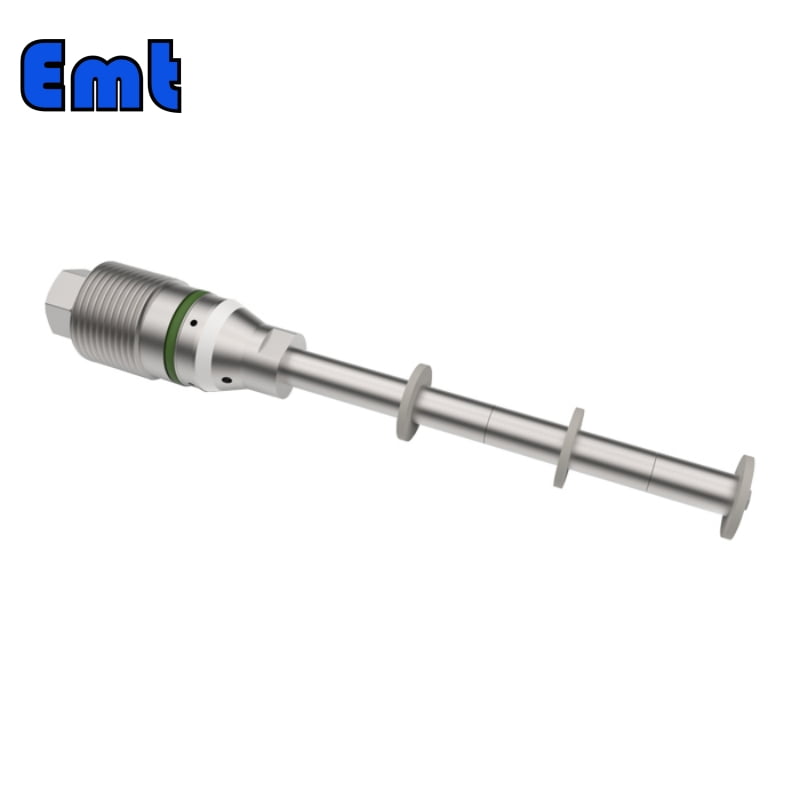
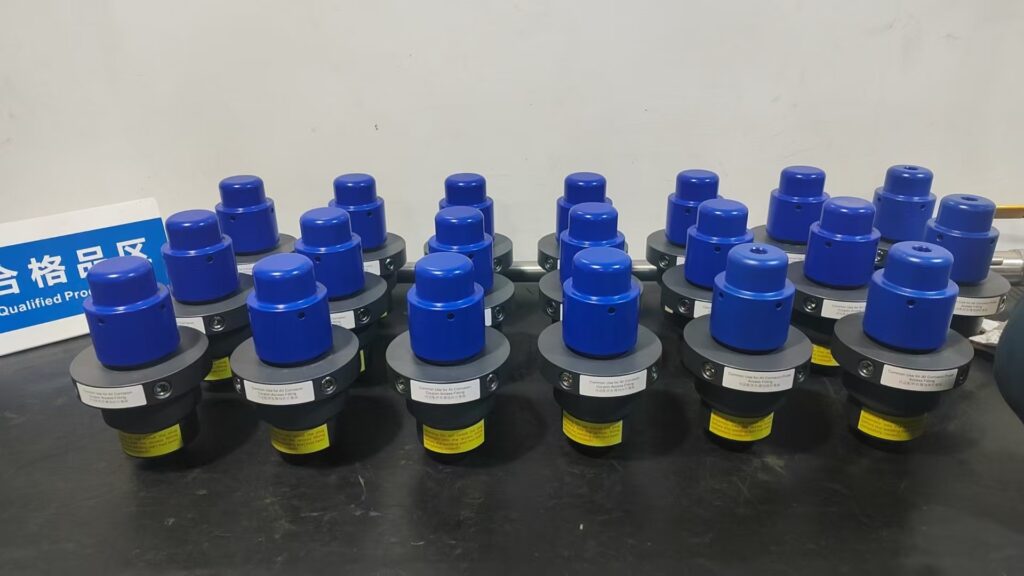
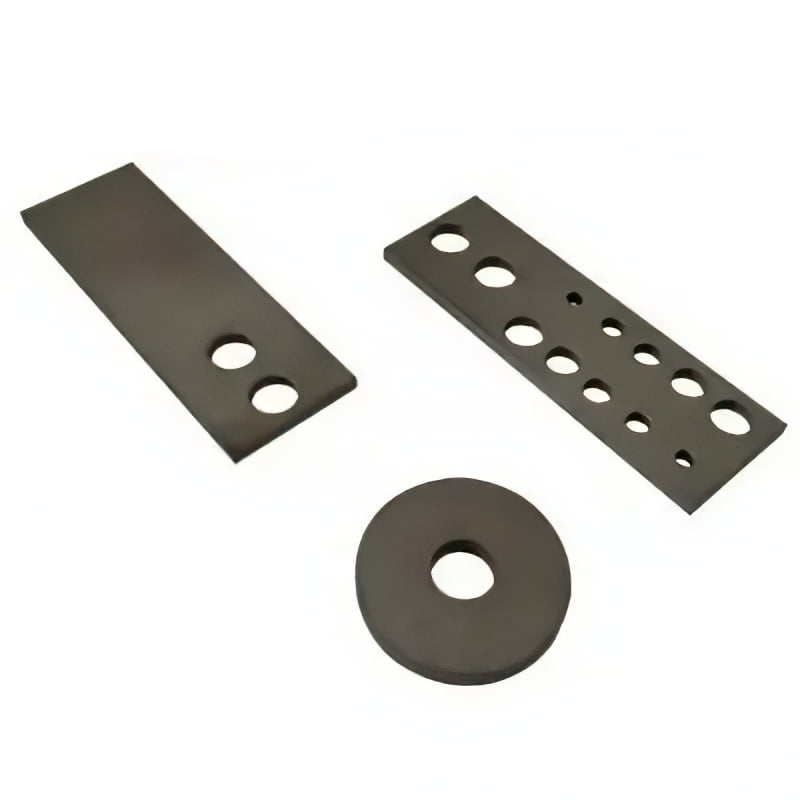

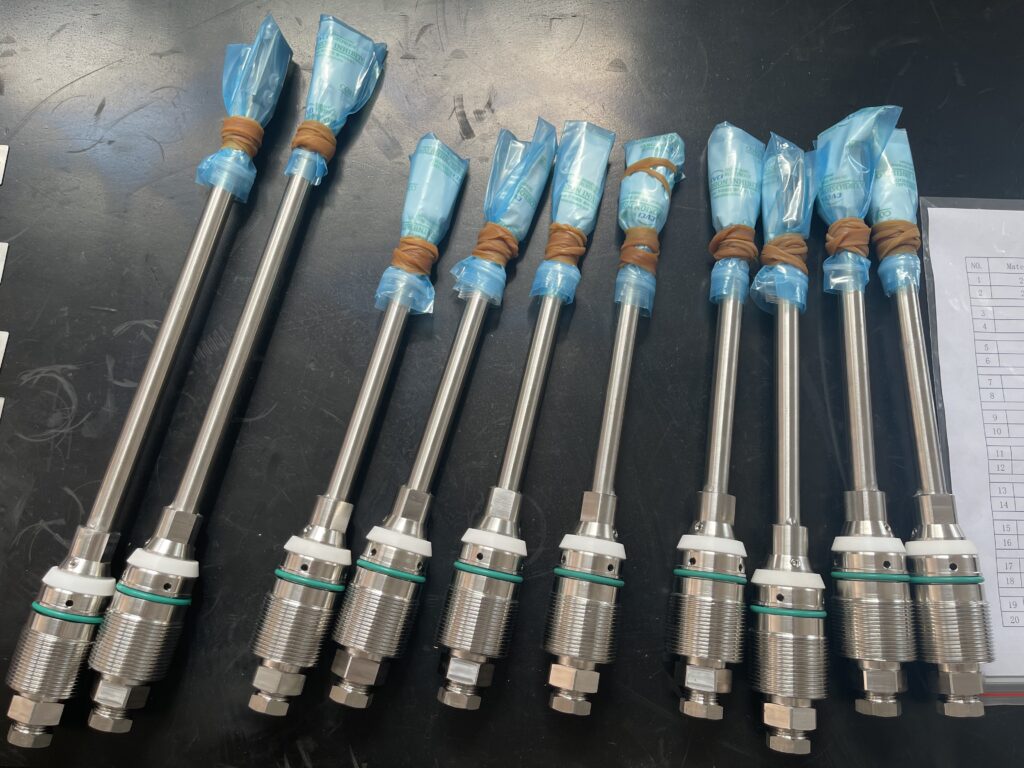
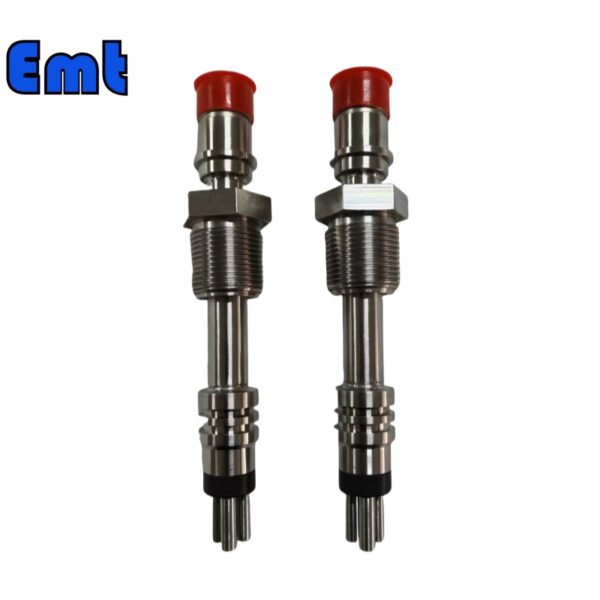
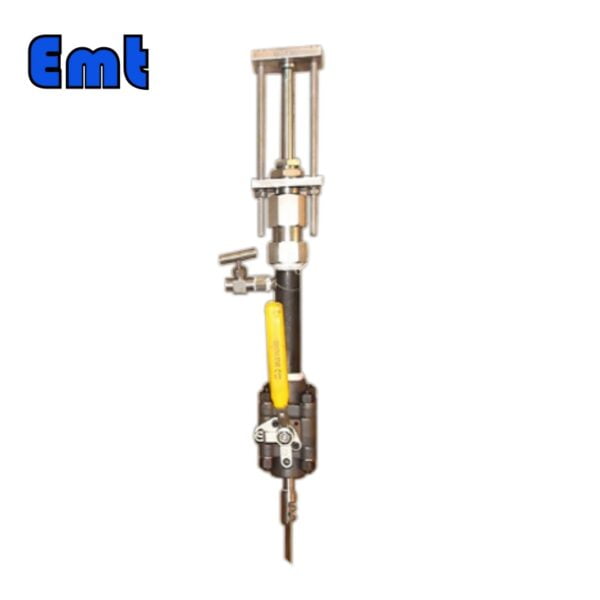
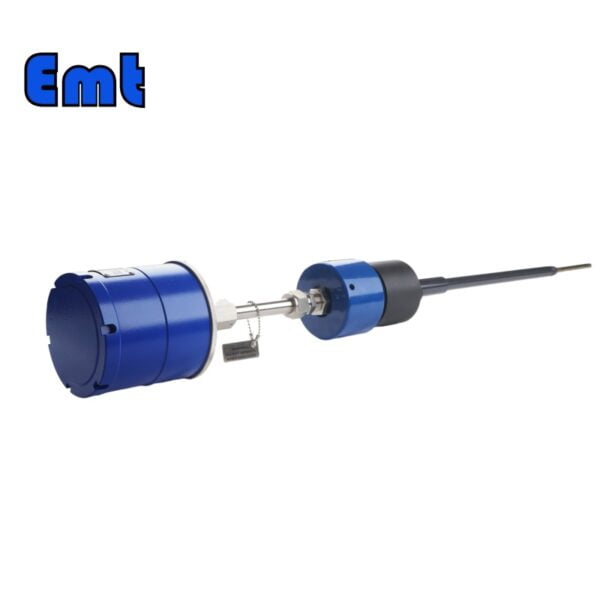
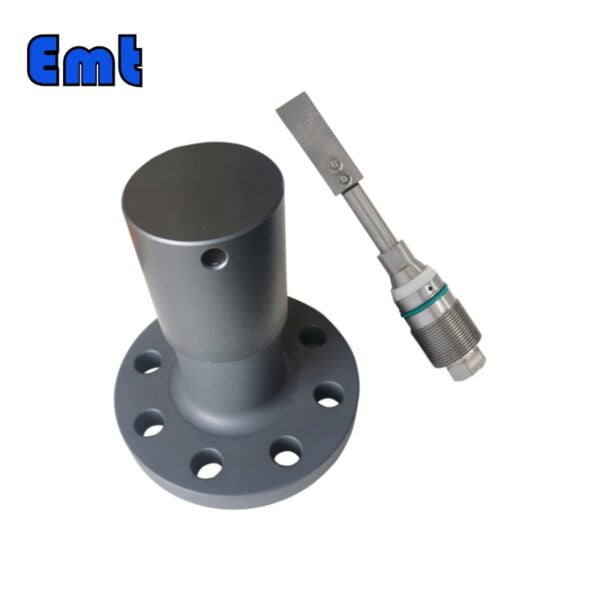
Ulasan
Belum ada ulasan.